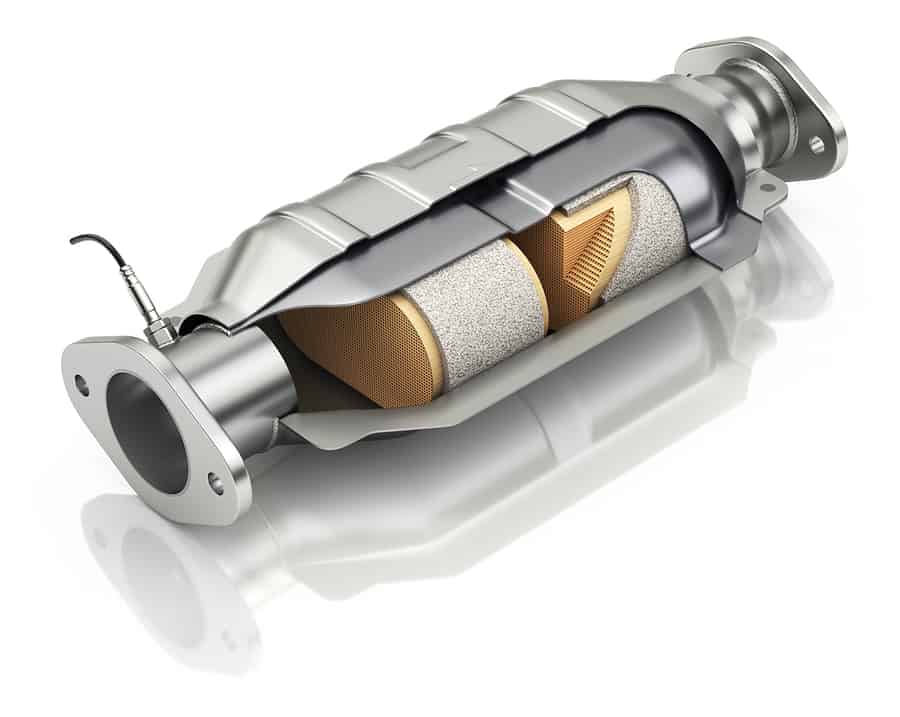
Catalytic convertors are an essential car component that works to reduce the amount of harmful emissions that come out of your car’s engine. This metal canister operates as a fixed part of the exhaust system and uses a chemical catalyst to remove pollution from the engine’s exhaust gasses making them dramatically less harmful.
When your catalytic convertor starts failing, the harmful emissions return to the exhaust fumes. Many things can stop it from working correctly including old age, miles on the road and even stones and debris on the road. However, if it stops working then there’s a good chance you’ll fail your emissions test before you can get it back on the road.
Check our list of some of the most prevalent symptoms of catalytic convertor failure to ensure your vehicle stays as green as possible.
Table of contents:
- Catalytic Convertors – Purpose and Function
- Why Do Catalytic Convertors Malfunction and Break Down?
- The Symptoms of a Faulty Catalytic Convertor
- A Final Word
Catalytic Convertors – Purpose and Function
Prior to the introduction of catalytic convertors, cars used to pump out huge volumes of noxious gasses. Then in the 1970s, thanks to growing environmental awareness, legislators and car manufacturers decided to reduce the toxicity of exhaust fumes with the introduction of the catalytic convertor, which was designed to reduce harmful output by over 90%.
Catalytic convertors work by neutralizing harmful gasses including nitric oxide, carbon monoxide and excess hydrocarbon fuel, all of which can cause smog and are harmful to organic life. As these pass though the ceramic lattice like honeycomb structure of the convertor, which is coated in copper, platinum and palladium they are transformed into oxygen, carbon dioxide and water.
Why Do Catalytic Convertors Malfunction and Break Down?
In most cases the catalytic convertor will last for the entire lifespan of your vehicle, however like all parts it is not indestructible. The following conditions may cause its premature breakdown:
- High mileage – the catalytic convertor’s chemical lattice will only be good for so many miles before all the chemical elements are completely reacted away.
- Knocks and impacts – debris on the road can damage the convertor and it’s possible for the part to be completely written off in a collision.
- Unburned fuel in the exhaust system – worn out spark plugs or damaged engine valves can allow fuel into the exhaust system, which then burns up inside the convertor causing damage.
- Electrical faults – if the spark plugs are not getting power, this is another way that unburned fuel can get into the body of the convertor.
- Fuel or air leaks – from heavily worn piston rings or a jumped timing chain are another way that unburned fuel can enter into the convertor.
- Oil and coolant leaks – a head gasket or intake manifold problem can also cause issues as oil or coolant can enter into the catalytic convertor, which will most likely ignite your check engine light.
The Symptoms of a Faulty Catalytic Convertor
Engine Misfiring
Your catalytic convertor will show signs of failing when the engine misfires, or if there’s an excessively rich oil and fuel mixture that can ignite in the convertor, causing the damage to the components on the ceramic lattice.
Poor Acceleration
One of the most common signs that your car’s convertor is failing due to a blockage, is loss of power when accelerating, particularly when going up a hill. One simple test you can perform is asking a friend to hold the engine revs at around 1800 to 2000 rpm whilst you feel the air flow from the exhaust. Hot gasses indicate problems with the convertor.
Loss of Engine Performance
When the catalytic convertor becomes clogged up and cannot process exhaust gasses it becomes harder for the engine to flush out the waste products of combustion. This in effect strangles the engine of oxygen and power, causing the car to shake with sudden bursts of pressure stalling the engine.
Poor Exhaust System Performance
Check the performance of your exhaust. It will seriously drop off if there’re problems with the fuel system which could be caused by issues with the catalytic convertor.
Rattling Sounds
If you are hearing rattling noises coming from the rear of the car, then this could be due to the degradation and break-up of the honeycomb-like ceramic lattice within the catalytic convertor. You’ll notice a slightly ratting when the car starts, which then worsens over time.
Sulphur-like Odours
One of the strongest smelling gasses that a catalytic convertor absorbs is hydrogen sulphide, which is a sewer gas with a distinct rotten egg like aroma. If you can smell this unmissable odour coming from the back of your car, then the chances are that the effectiveness of this part has dropped to an unacceptable level.
Bad Fuel Economy
One of the easiest signs to spot from behind the wheel of the car is poor fuel economy. As a rule of thumb if your open road miles per gallon drops below 10% of the normal value then it’s likely you have a fault in the catalytic convertor. It’s worth equally checking the fuel pump and the fuel filter too as these could also be causing the problem.
Check Engine Light
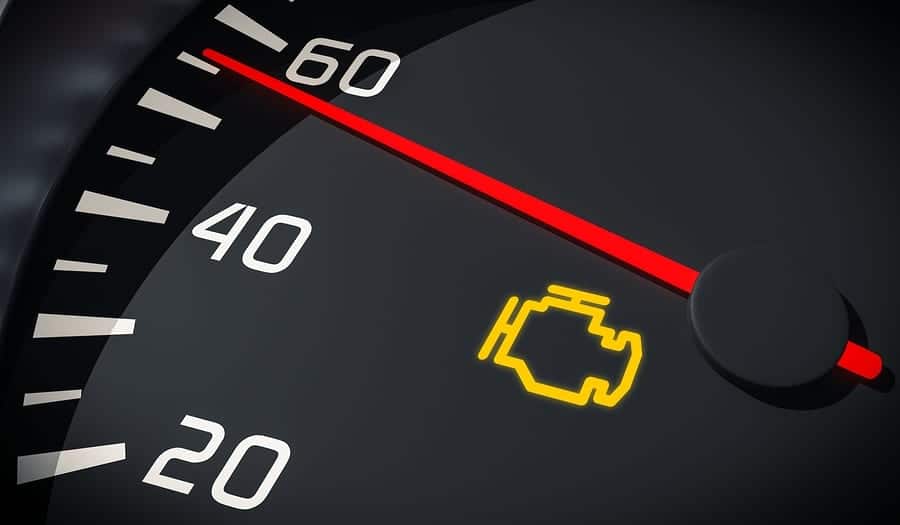
A damaged or failing catalytic convertor will often cause the check engine light to illuminate. Many of these modern systems work using an air fuel ratio tester and an oxygen sensor that monitors exhaust fumes. If the system is not working correctly this will trigger the warning light. However as there are many issues with the engine that can activate this light, it is best to have your car scanned to find out the source of the issue.
Fuel Vapours
If your vehicle has a carburettor then there’s a simple test you can perform to check the catalytic convertor is functioning correctly. Simply remove the air cleaner and get a friend to hold a light source near the intake, which will illuminate a cloud of fuel vapour if there is a blockage in the convertor. This is a great little test as it identifies the convertor as the problem with your system. Increased Emissions
As the catalytic convertor breaks down, its effectiveness also diminishes. Harmful gasses that were once stopped by the part will now get out into the atmosphere. Whilst it is tough to notice this yourself, an emissions test will confirm any suspicions you might have. Take your car to a professional and have them inspect the system. They’ll give you a full report and let you know if you need a replacement catalytic convertor.
A Final Word
You can drive indefinitely with a bad catalytic convertor. Yes, it’s bad for the planet and you are likely to have problems with performance, but it won’t completely ruin your ride. If over time it becomes completely plugged up with unburned fuel and byproducts of combustion, then you may find you can’t drive it at all.
It is a good idea to get your catalytic convertor checked at the first sign of trouble as it is illegal in the UK to expel excess emissions from your car. And your car will be taken off the road if you fail the required emissions tests.

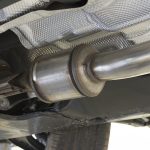
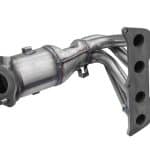
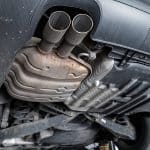
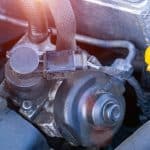


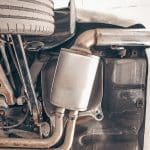
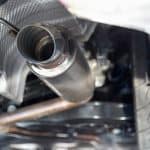
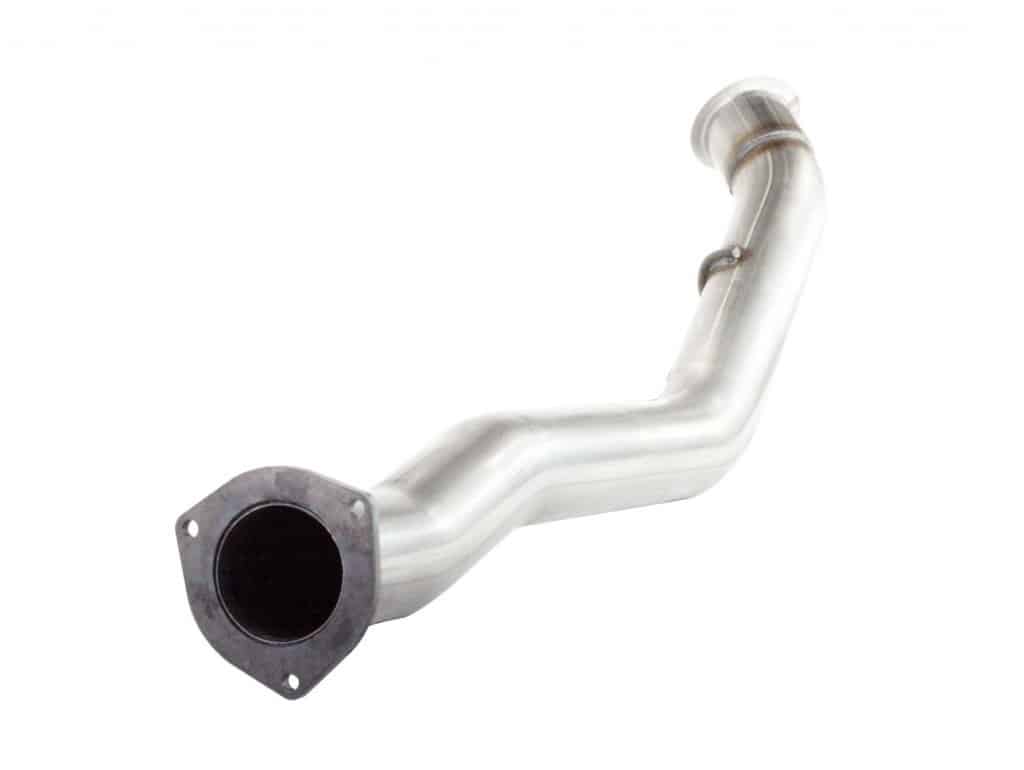

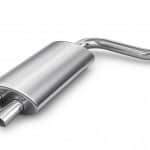
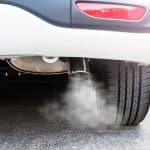
.png)